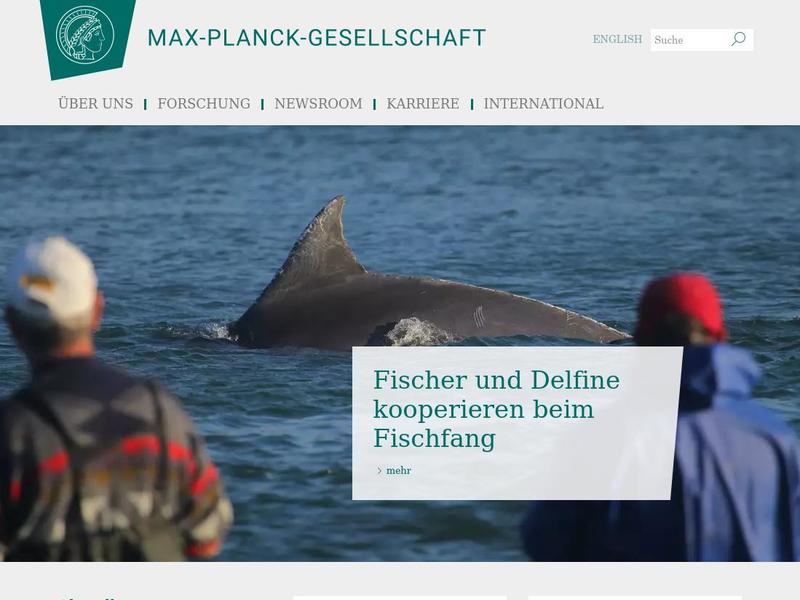Enzym-Design mit Fernwirkung https://www.mpg.de/603916/pressemitteilung201002082?filter_order=L
Mülheimer Chemiker schaffen eine neue Möglichkeit, Enzyme für industrielle Anwendungen zu optimieren
chemisch völlig, unterscheiden sich aber in ihrem Aufbau wie die linke und rechte Hand

